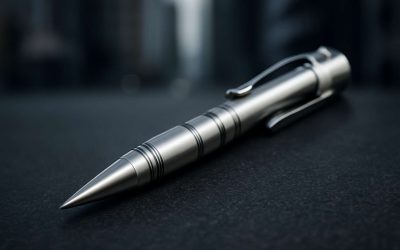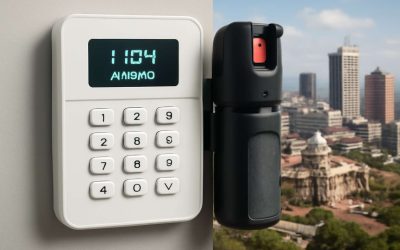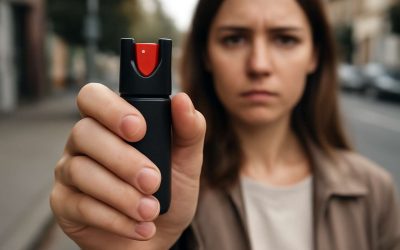
Pepper spray is a self-defense tool that can be used to incapacitate an attacker. It works by causing the eyes to water, which makes it difficult for your opponent to see, and also by irritating their skin and mucous membranes, which leads to pain and a burning sensation.
While pepper spray is effective, it’s important to understand the side effects. They are self-limiting, but you should seek medical attention if they persist for more than 30 minutes or if you have difficulty breathing. In rare cases, pepper spray can cause cyanosis, a blueish discoloration of the skin that indicates a lack of oxygen in your body. This is most common in people with lung conditions such as asthma or chronic obstructive pulmonary disease (COPD).
The type of pepper spray you choose depends on the situation you’re facing. Generally, a cylinder of spray with an OC formula is the best choice. This is the type used by law enforcement and is usually rated at two million Scoville Heat Units or higher. Some sprays come in streams, while others shoot a mist, spray, or foam. A stream has a longer range but doesn’t allow targeting, while a mist is more easily inhaled but may spray people other than your attacker. A foam may not spray as far, but it is easy to aim and is very effective.
Another important factor is the ease with which you can operate and deactivate your pepper spray device in a stressful situation. A study found that participants were able to point and spray their weapon more quickly when it was in their hand rather than in their pocket or somewhere else on their body, and that the location of the safety had an impact on how fast they could use their spray.
The study also asked participants to rate their confidence in using their pepper spray in a real-world situation. Although a number of participants were not confident they would be able to use the spray effectively, 10 of them indicated that after undergoing the experiment, they would be more likely to purchase and carry a pepper-spray device. This is encouraging, but the authors note that a lot of work needs to be done in terms of creating pepper spray design safety guidelines and more widely available training. In a true emergency, you may not have time to read instructions or go through a training program, and many people will be grabbing their spray for the first time in a life-threatening situation. They need to be able to do so quickly and efficiently, without having to think about where it’s stored or how to use it.



0 Comments